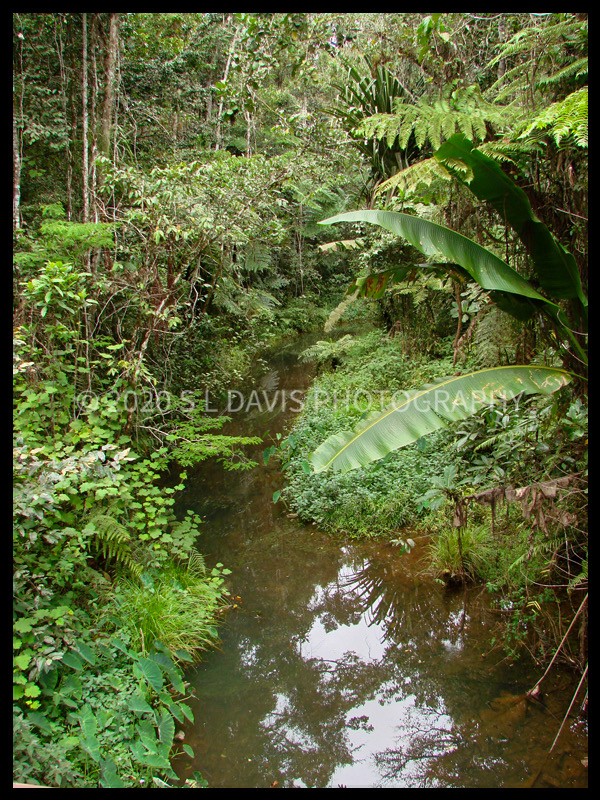
Waking up in Andasibe (Perinet) things weren’t so great as my guide was still missing and so I headed to the lodge’s restaurant area to grab a little breakfast and figure out from my Brandt guide what to do.
One of the things you get very familiar with in Madagascar is the food and this is where you also notice the other persistent French link aside from the language and the tourists. The food in Madagascar is either authentic Malagasy fresh home cooking comprising of fresh caught fish, poultry and vegetables with spices or you get crepes. My whole trip was a combination of this but for breakfast it’s always crepes with something and for dessert it’s crepes with something. By the time I was flying back from Madagascar, I had developed this insane intolerance for crepes.
Walking back to my lodge, I was greeted by the sight of a species of Panther Chameleon having a stroll (I have to say species as since 2008, there has been more research into chameleons but I will cover this later on). I took a good few photos and whilst it happily climbed onto my hand, I did help it up a nearby tree so it could make its way to a safer spot. I then spotted a Madagascar Giant Day Gecko inside my lodge in it’s emerald green glory and decided to just photograph it as these are not as chilled out as chameleons and will generally dart off in fear. Sitting outside waiting for my unruly guide and driver to resurface I spotted a tree and it is what we get as plants in the UK at Christmas but these are common plants in Madagascar – Poinsettia.

Panther Chameleon 
Giant Day Gecko 
Poinsettia Tree
Outside, some local children were playing and one boy was keen for me to photograph him walking wobbly on his makeshift wooden stilts. I love this photo as whilst it’s not crystal clear, he was wobbling so much it left a motion shadow. Around Madagascar I found the locals so friendly and welcoming. There is a real warmth from their personalities.
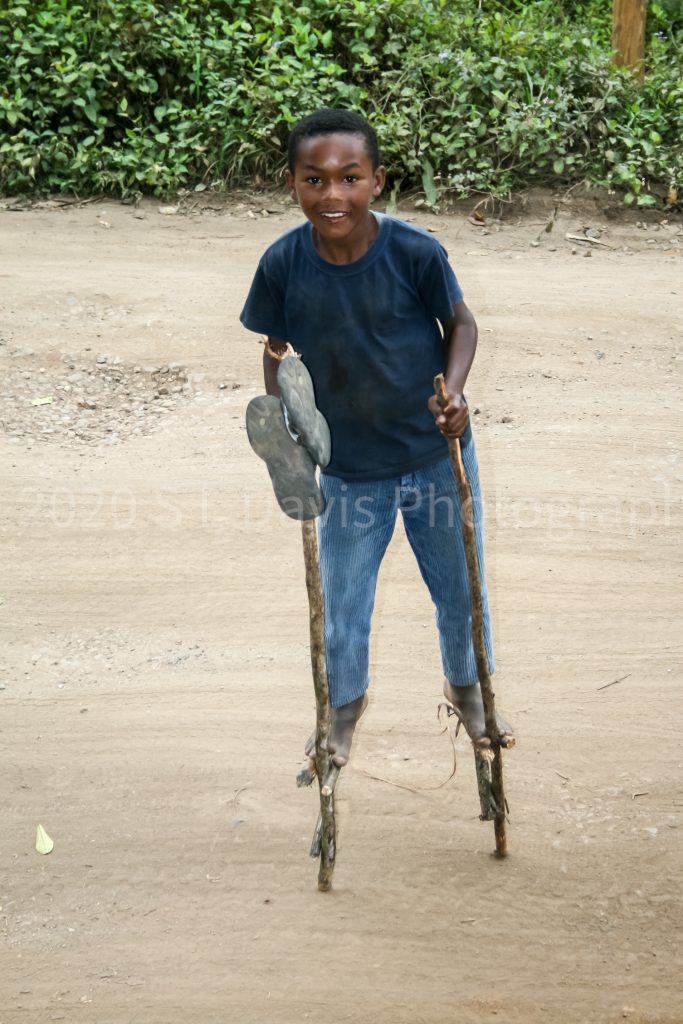
My guide finally resurfaced from one of the lodges and was pretty rude. After a brief confrontation over his attitude and the fact I had at this point almost been involved in a serious accident, I was off for a tour of the Analamazaotra and Mantadia rainforest reserves. Here I would begin making some very interesting discoveries. The first would be the illusive Giraffe Weevil. This curious looking beetle was originally discovered in 1860 though some think it was 2008. Well if that were true, that would mean I was one of the first… We will see as this blog progresses how much I discovered, who knows, maybe I’ll get lucky and name a species after me…
The Giraffe weevil is indigenous to Madagascar and not found anywhere else in the world other than the odd zoo. The male has the longer neck than the female. The extended neck of the male is to assist in nest building and fighting. Fighting between giraffe weevils is generally during the mating season, where the males attempt to impress the females by defeating other weevils. The neck is a weapon to push and wrestle with the opponent, rarely one of the opponents dies in the course of a fight. To breed, females roll and secure a leaf of the host plant, then lay one egg within the tube, before snipping it from the plant. These beetles can also fly and it is possibly why they stay high up and are rarely seen. They both look very striking in their red and black uniforms. Little is known about this beetle other than the what I am able to tell you as there is little research on them and this as you will discover in this specific blog, is exactly why I am going to struggle giving information on species as Madagascar is a mystery. I was told I was lucky to not just see these two but also to hold them as whilst they appear to have a healthy population, they are incredible rare to actually see as they generally stay high up in the canopies of the trees.

Male Giraffe Weevil 
Female Giraffe Weevil
The next species I come across along with so many different chameleons is a Madagascan Magpie Robin. I am sure you are scratching your heads by now, as most like I did up until that point only knew robins with red breasts. These are quite common around the island but they are scattered. Again, apart from a little on breeding and feeding habits, not much is known, but at least so far I am able to give names to what was discovered and photographed by me. The Magpie robin is about the same size as the UK native robin but has these white flecks down it’s wings and are black.
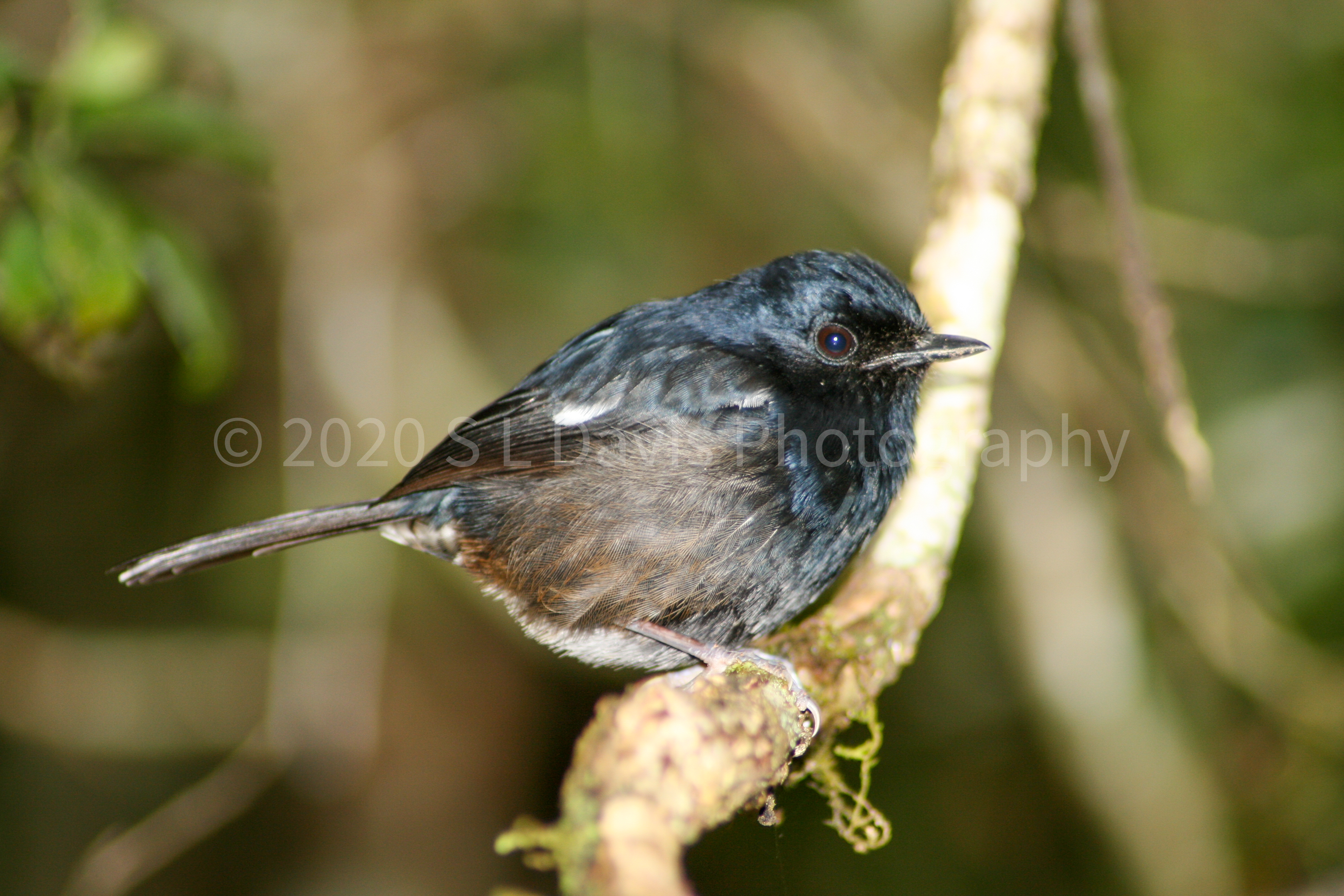
As I make my way around the rainforest, I see Indris and Sifakas which are species of lemurs. The Indri Indri, was high up in the trees and they have this amazing yet eerie call which I videoed and have attached to give you the best experience I can of my own experience. They are the largest species of lemur in the world. In Madagascar there is over 100 different species of lemurs and I saw approximately 10-15 different species which I will aim to name as we go on. Part way round I looked up a tree and saw the rare Wooly Indri or at least two. There is a reason I would see two together. These lemurs are also known as Eastern woolly lemurs and they live in monogamous pairs together with their offspring. It is highly unusual I was informed to see these during the day as they tend to be nocturnal. These are on the vulnerable list.

Indri Indri 
Diademed sifaka
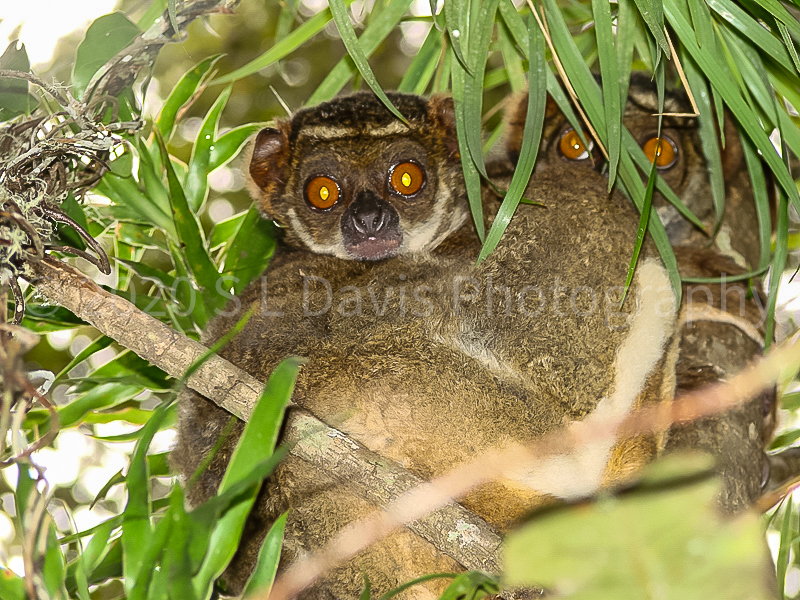
As I continued to make my way through the rainforest, I then see a Bamboo lemur but to be specific I have named the exact species below as there are several species of Bamboo Lemur around Madagascar. These are in decline due to hunting and habitat loss and are therefore, on the vulnerable list, as listed by the Convention on International Trade in Endangered Species of Wild Fauna and Flora. It is quite rare to see these lemurs as they’re generally quite shy and will stay well hidden in the undergrowth.
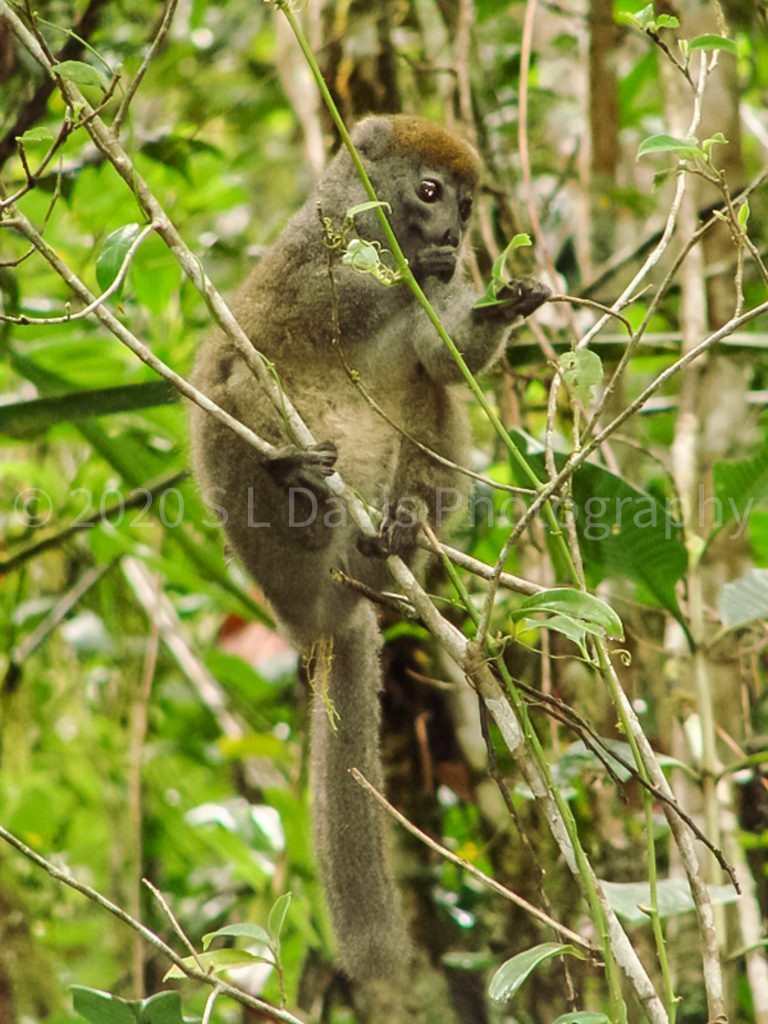
I continue on and come across various different species of chameleons, though the panther chameleon is the most common find throughout. I also come across a very unique tree frog. This one that I find is no bigger than my small finger nail. There is no actual research on this frog which from my own investigations has only the name Mantidactylus liber or Guibemantis liber. It is not clear when this species was discovered, but there is suggestion it was 2003. You have to be careful where the frogs are concerned in Madagascar as some are poisonous.

Guibemantis liber 
Guibemantis liber
The rainforest itself is full of life and walking around, you are just in awe by the sheer volume of wildlife by also how beautiful and untouched it is. There are many small rivers and streams with some nature ponds and they will generally have some stunning lilies in them.
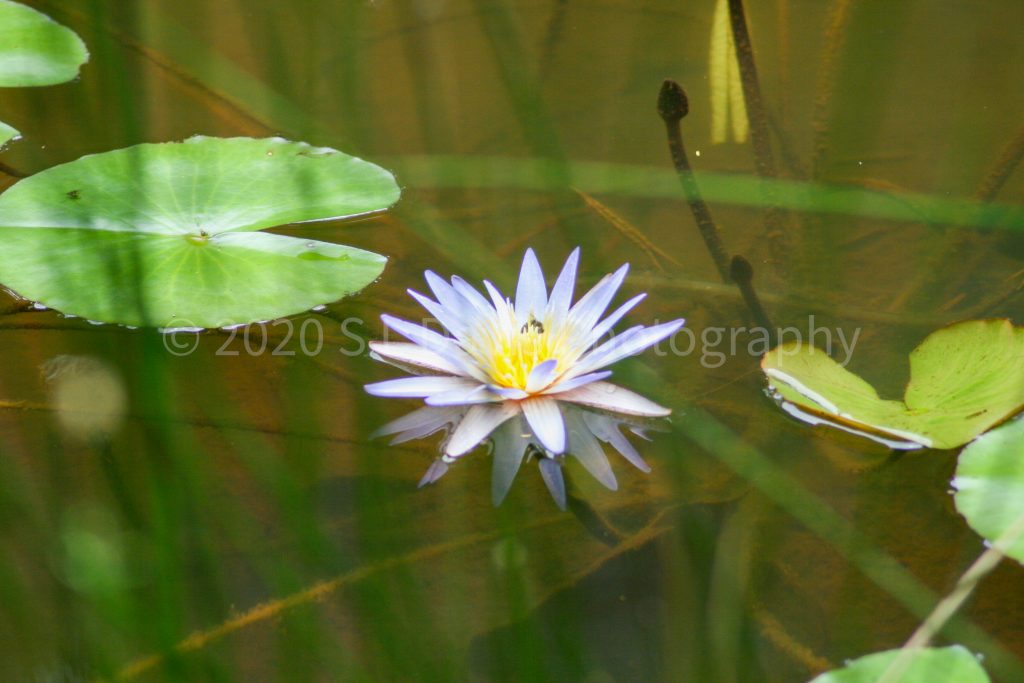
I see huge webs hanging above me like white sheets filled with debris and then I start to see some truly unique spiders, though these are not responsible for those nests. I was by this point ok with getting close to spiders as I’d worked on my spider phobia by taking the plunge some months earlier at Syon Park. Not wanting to be upstaged by a confident 6 year old girl and my pride helped to push me to hold a tarantula and in turn this rationalised the fear I had for years. I then see the most curious of spiders, it is so unique and alien like but no bigger than the top of my thumb, gracefully making its web. I am informed this is a thorn spider or at least a species of thorn spider which is a genius of the orb weaver family. As I continue on, you will find these come in a few colours.

Spiny orb weaver (Gasteracantha versicolor formosa) 
Spiny orb weaver (Gasteracantha versicolor formosa)
As I come to the end of my trek around the rainforest, it was time to head off to get a little rest, some dinner and then get ready to do the night tour. Walking back I see a local herding his pig.
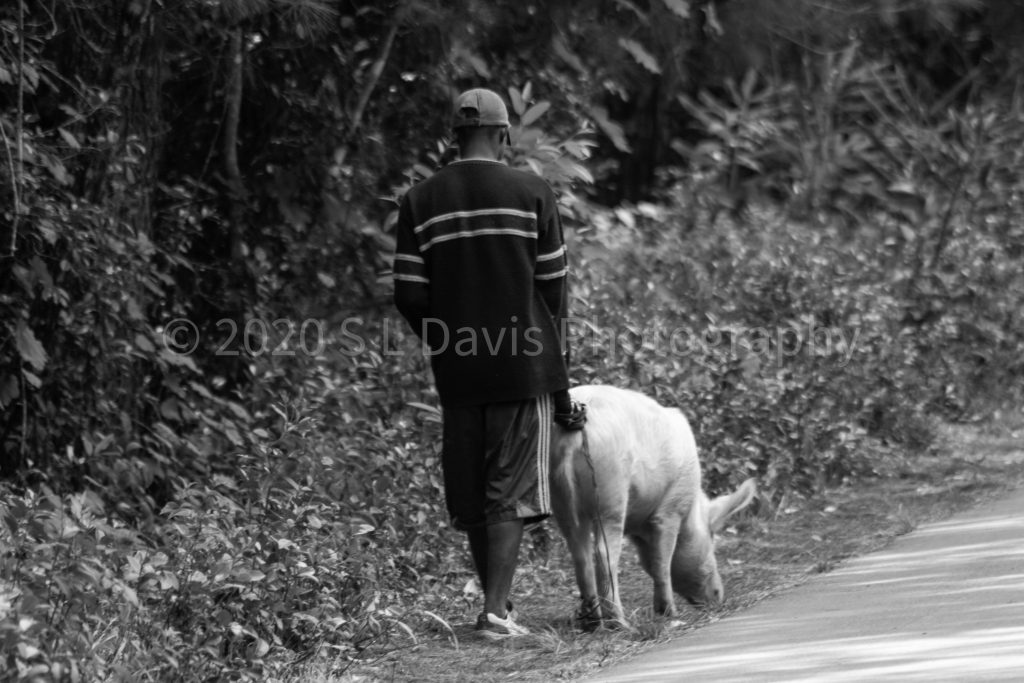
The night tour arrives and improvisation is required to get some of the shots as it so dark the flash just cannot cope on it’s own. I have thrown this image in for two reasons, this is a mouse lemur which are tiny and they run super fast and up trees. This is literally the best I could get of it a weird abstract with ghostly eyes shining back at you reflecting the light of the torch.
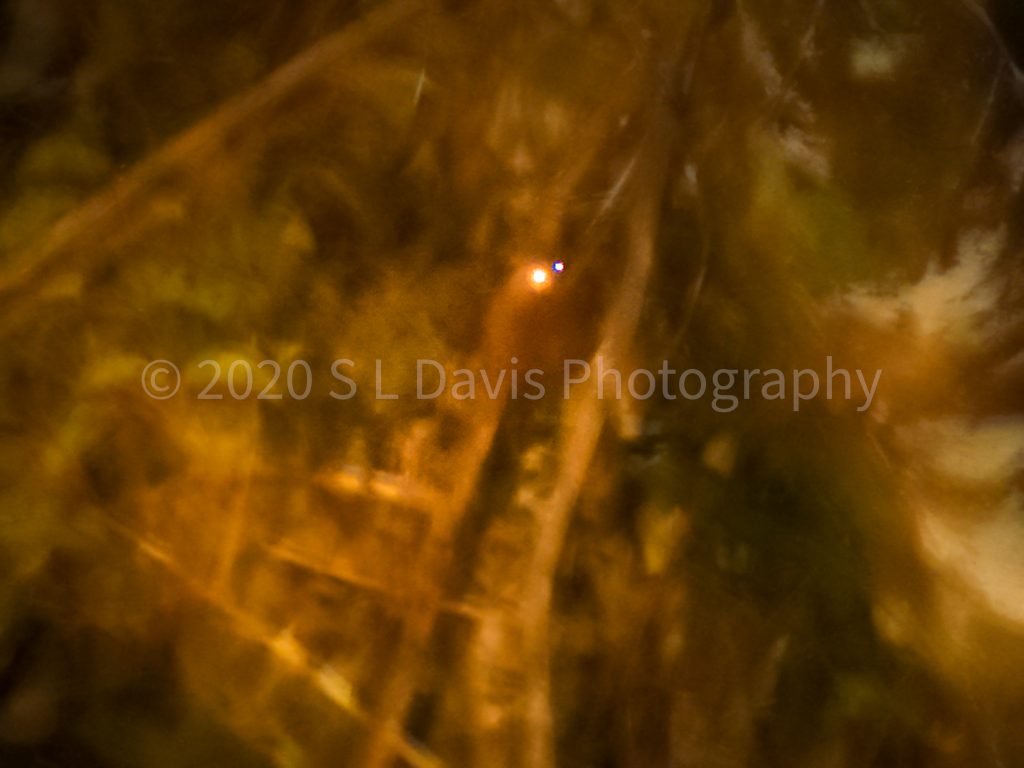
We then come across more tree frogs and so many stunning flowers. The frog is a Green Bright-eyed frog. There is a very small amount of research on these frogs but they are mostly nocturnal, choosing to sit on leaves looking for a mate at night. They really are quite a pretty frog with this flash of blue around their eyes and red freckles up their light green almost yellow skin.

Green Bright-eyed frog 
Green Bright-eyed frog
The next on the list are almost alien and this would find it way onto my hand. This is a leaf mimic katydid. The exact species is not known but apparently there are approximately 6,400 species worldwide. They mimic leaves as a form of camouflage to evade predators.
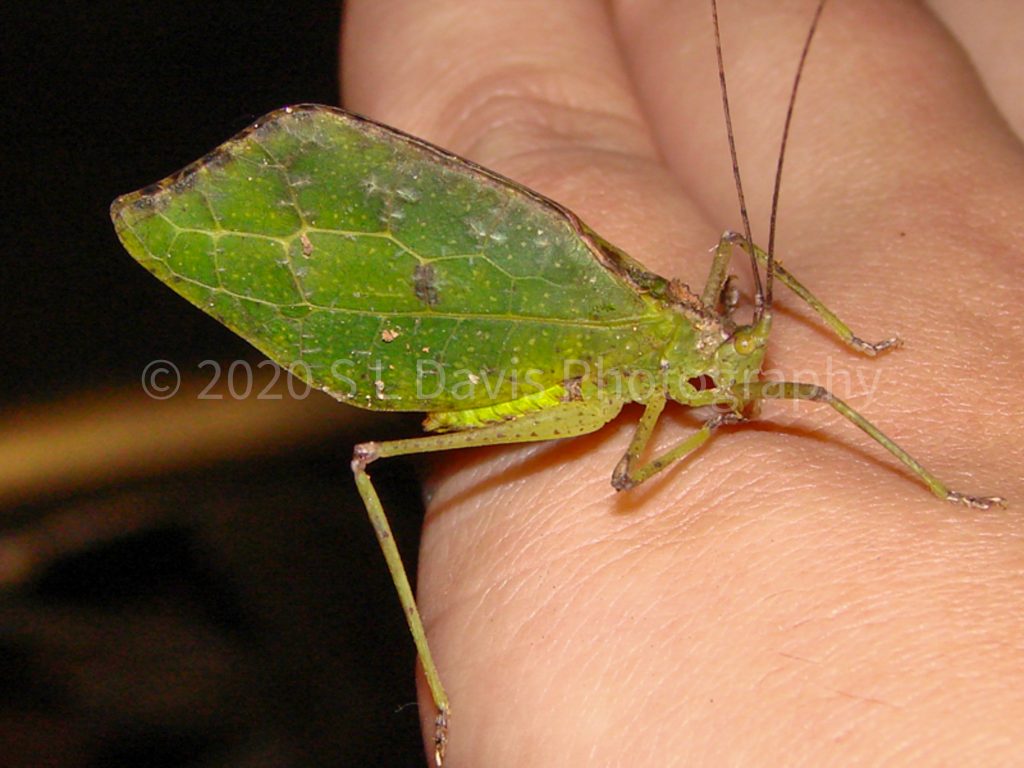
Following this tour, it was head back to the lodge as the next day I was to head to an island reserve to meet some truly remarkable guests…







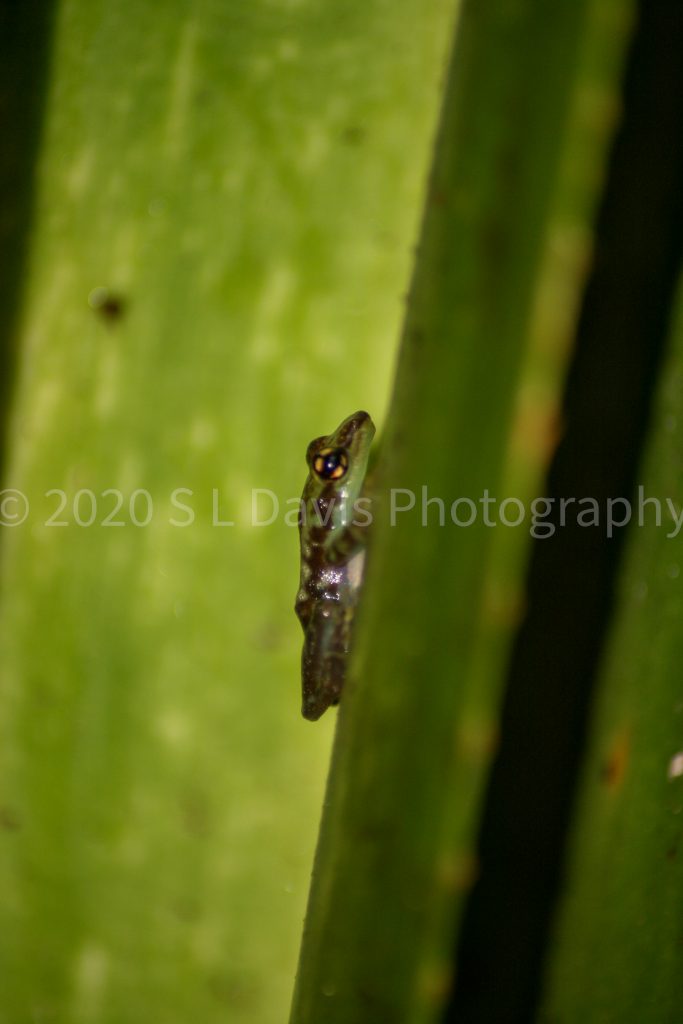








Good post! I understand why you watermark your images but can’t help feeling that that large text running through the photos detracts from their visual impact.
Totally understand. Glad you enjoyed the blog.